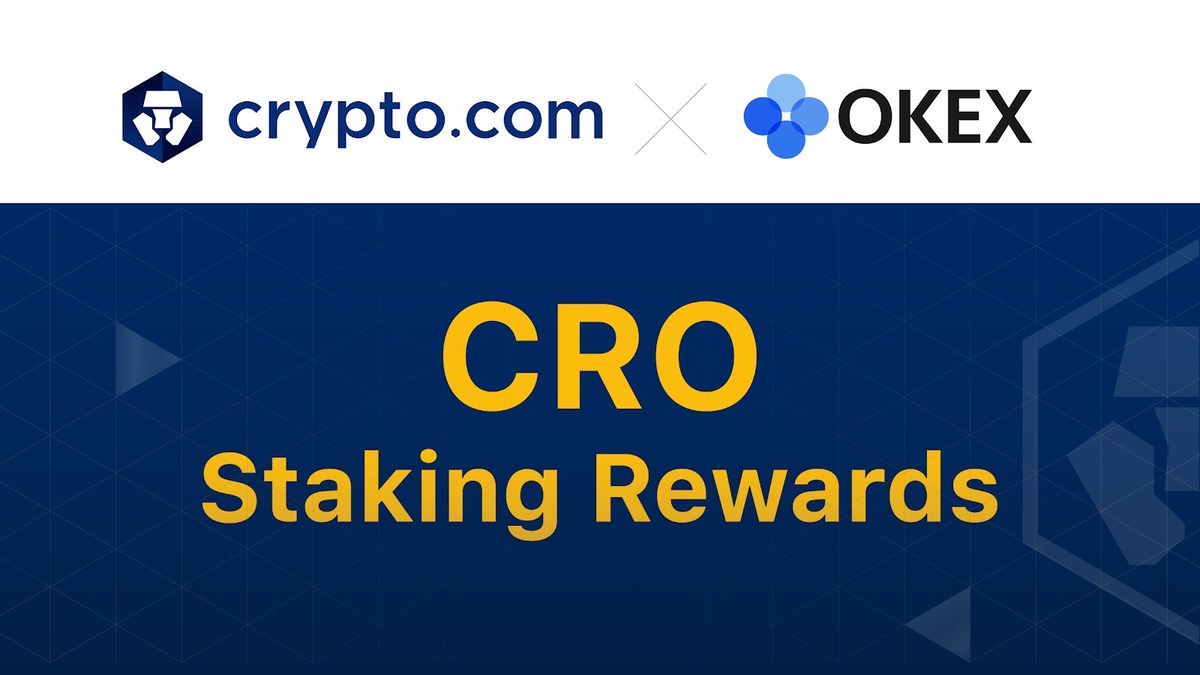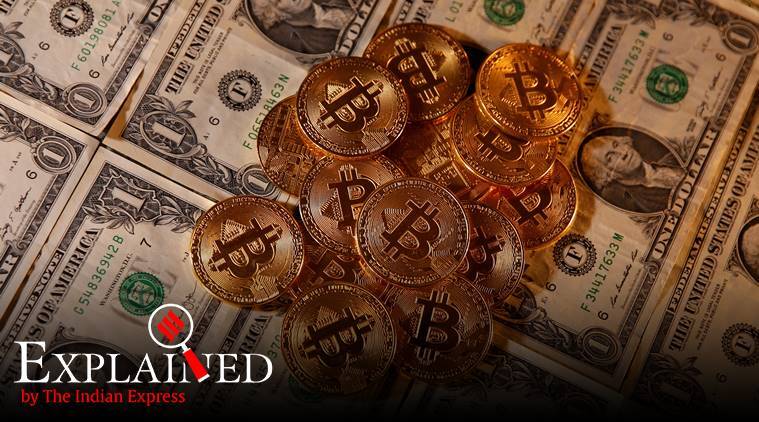
A common question that investors ask when evaluating the benefits of yield farming is: Should I invest in DeFi? There are many reasons why you should do this. One reason is the potential yield farming to make significant profits. Early adopters are likely to get high token rewards which will increase in value. They can then reinvest their profits and sell the token rewards to make a profit. Yield farming, although a proven investment strategy, can yield significantly higher interest rates than traditional banks. However there are also risks. DeFi is more risky than traditional banks because interest rates can fluctuate.
Investing to grow yield farms
Yield Farming allows investors to receive token rewards in return for a portion of their investments. The tokens are able to increase in value quickly and can either be resold at a profit or reinvested. Yield Farming can offer higher returns than traditional investments but comes with high risk, such as Slippage. In periods of high volatility the market, an annual percentage rate may not be accurate.
You can check the Yield Farming project's performance on the DeFi PulSE website. This index shows the total value of all cryptocurrencies that are held in DeFi lending platforms. It also includes the total liquidity in DeFi liquidity pools. The TVL index is used by many investors to analyze Yield Farming project performance. This index is also available on DEFI PULSE. The growth of this index indicates that investors are confident in this type of project and its future.
Yield farming is an investment strategy which uses decentralized platforms for liquidity. Yield farming offers investors the opportunity to earn significant cryptocurrency by acquiring idle tokens. This strategy is based on smart contracts and decentralized exchanges, which allow investors automate financial transactions between two parties. Investors who invest in a yield-farm can receive transaction fees, governance tokens, interest, and interest through a lending platform.

Finding the right platform
While it may sound like a simple process, yield farming is not as straightforward as it looks. Among the many risks associated with yield farming is the possibility of losing your collateral. Also, many DeFi protocols are built by small teams with limited budgets, which increases the risk of bugs in the smart contract. There are ways to mitigate yield farming risks by choosing the right platform.
Yield farming, a DeFi application that allows digital assets to be borrowed and lent through smart contracts, is also known as DeFi. These platforms offer crypto holders trustless options and allow them to lend their holdings to other users using smart contracts. Each DeFi application has its own unique characteristics and functionality. This will affect how yield farming can be done. In other words, each platform has different lending and borrowing rules.
Once you find the right platform, you will be able to reap the benefits. A successful yield farming strategy involves adding your funds to a liquidity pool. This is a system that uses smart contracts to power a marketplace. This type of platform allows users to lend or exchange tokens for fees. They are rewarded for lending their tokens. However, if you're looking for a simple way to begin yield farming, it's a good idea to start with a smaller platform that allows you to invest in a more diverse range of assets.
To measure platform health, you need to identify a metric
Identifying a metric for measuring the health of a yield farming platform is critical to the success of the industry. Yield farming involves the earning of rewards through cryptocurrency holdings like bitcoin or Ethereum. This process can be described as staking. Yield farming platforms partner with liquidity providers to add funds into liquidity pools. Liquidity providers usually earn a fee for adding liquidity to their platforms.

Liquidity, a key metric to measure the health and performance of a yield farming platform, is one. Yield farming is an automated market-maker model that uses liquidity mining. Yield farming platforms offer tokens that can be pegged to USD and other stablecoins in addition to cryptocurrency. Rewards for liquidity providers are based on how much they have provided and the rules that govern the trading.
Identifying a metric to measure a yield farming platform is a crucial step in making a sound investment decision. Yield farm platforms are highly volatile, and can be subject to market fluctuations. These risks can be mitigated by yield farming, which is a form or staking that allows users to stake cryptocurrency for a set amount of time for a fixed sum of money. Yield farming platforms are risky for both lenders and borrowers.
FAQ
What is a CryptocurrencyWallet?
A wallet is a website or application that stores your coins. There are different types of wallets such as desktop, mobile, hardware, paper, etc. A wallet should be simple to use and safe. Keep your private keys secure. You can lose all your coins if they are lost.
Ethereum is a cryptocurrency that can be used by anyone.
While anyone can use Ethereum, only those with special permission can create smart contract. Smart contracts can be described as computer programs that execute when certain conditions occur. They enable two parties to negotiate terms, without the need for a third party mediator.
PayPal allows you to buy crypto
No, you cannot purchase crypto with PayPal or credit cards. But there are many ways to get your hands on digital currencies, including using an exchange service such as Coinbase.
Which crypto should you buy right now?
Today I recommend buying Bitcoin Cash (BCH). Since December 2017, when the price was $400 per coin, BCH has grown steadily. The price of Bitcoin has increased by $200 to $1,000 in just two months. This shows the amount of confidence people have in cryptocurrency's future. This also shows how many investors believe this technology can be used for real purposes and not just speculation.
Statistics
- Something that drops by 50% is not suitable for anything but speculation.” (forbes.com)
- This is on top of any fees that your crypto exchange or brokerage may charge; these can run up to 5% themselves, meaning you might lose 10% of your crypto purchase to fees. (forbes.com)
- Ethereum estimates its energy usage will decrease by 99.95% once it closes “the final chapter of proof of work on Ethereum.” (forbes.com)
- “It could be 1% to 5%, it could be 10%,” he says. (forbes.com)
- For example, you may have to pay 5% of the transaction amount when you make a cash advance. (forbes.com)
External Links
How To
How to get started investing in Cryptocurrencies
Crypto currencies are digital assets that use cryptography, specifically encryption, to regulate their generation, transactions, and provide anonymity and security. Satoshi Nakamoto invented Bitcoin in 2008, making it the first cryptocurrency. Since then, there have been many new cryptocurrencies introduced to the market.
Bitcoin, ripple, monero, etherium and litecoin are the most popular crypto currencies. The success of a cryptocurrency depends on many factors, including its adoption rate and market capitalization, liquidity as well as transaction fees, speed, volatility, ease-of-mining, governance, and transparency.
There are many ways you can invest in cryptocurrencies. There are many ways to invest in cryptocurrency. One is via exchanges like Coinbase and Kraken. You can also buy them directly with fiat money. Another method is to mine your own coins, either solo or pool together with others. You can also purchase tokens using ICOs.
Coinbase is one the most prominent online cryptocurrency exchanges. It allows users to buy, sell and store cryptocurrencies such as Bitcoin, Ethereum, Litecoin, Ripple, Stellar Lumens, Dash, Monero and Zcash. You can fund your account with bank transfers, credit cards, and debit cards.
Kraken is another popular cryptocurrency exchange. It offers trading against USD, EUR, GBP, CAD, JPY, AUD and BTC. Trades can be made against USD, EUR, GBP or CAD. This is because traders want to avoid currency fluctuations.
Bittrex is another popular platform for exchanging cryptocurrencies. It supports more than 200 crypto currencies and allows all users to access its API free of charge.
Binance, a relatively recent exchange platform, was launched in 2017. It claims it is the world's fastest growing platform. It currently has more than $1B worth of traded volume every day.
Etherium, a decentralized blockchain network, runs smart contracts. It relies upon a proof–of-work consensus mechanism in order to validate blocks and run apps.
Accordingly, cryptocurrencies are not subject to central regulation. They are peer to peer networks that use decentralized consensus mechanism to verify and generate transactions.